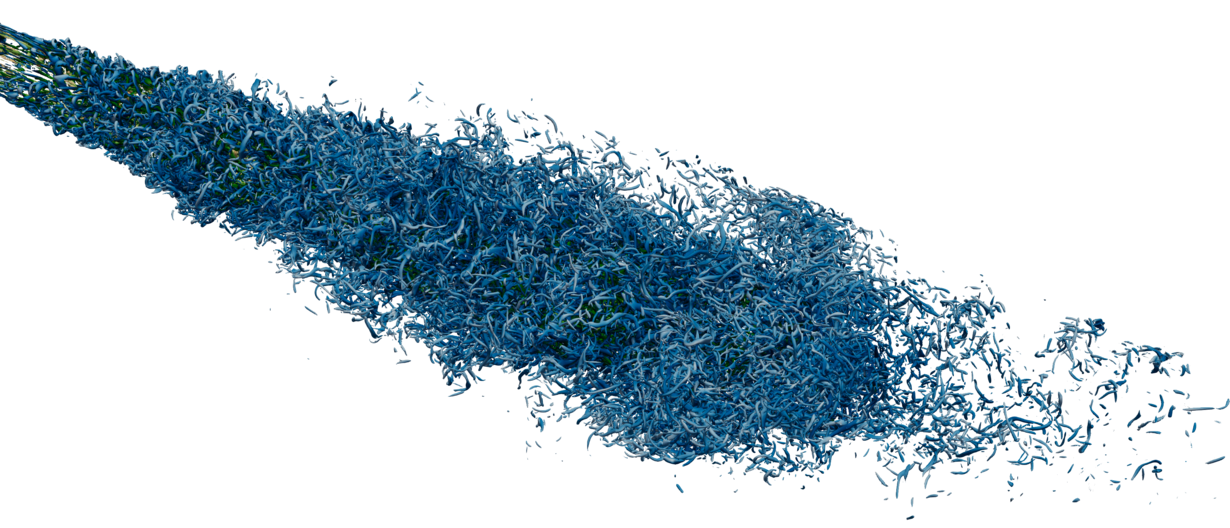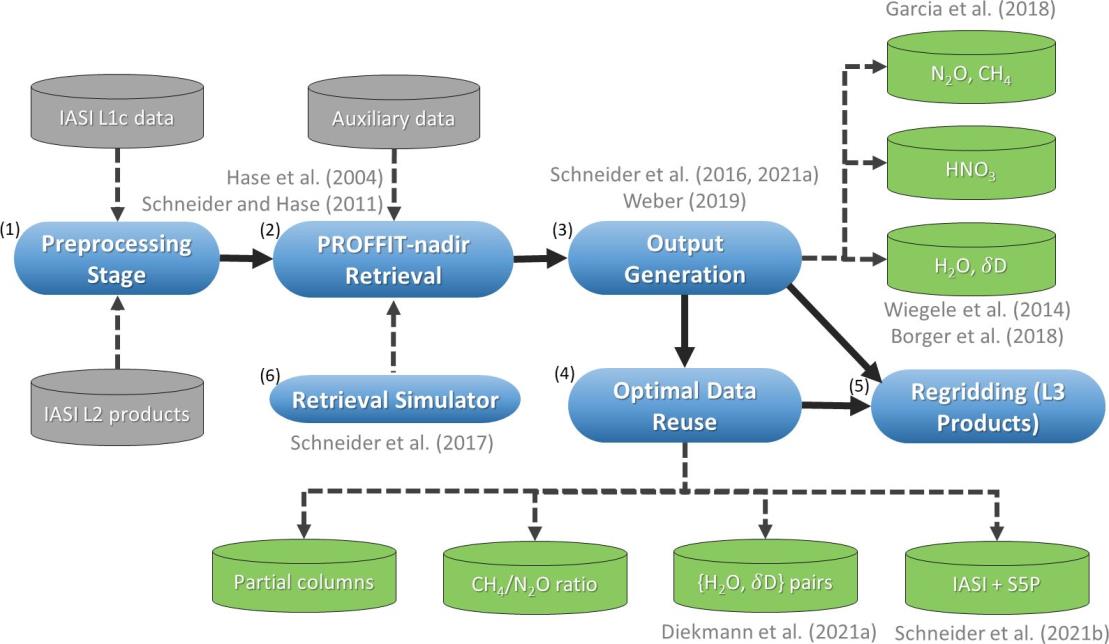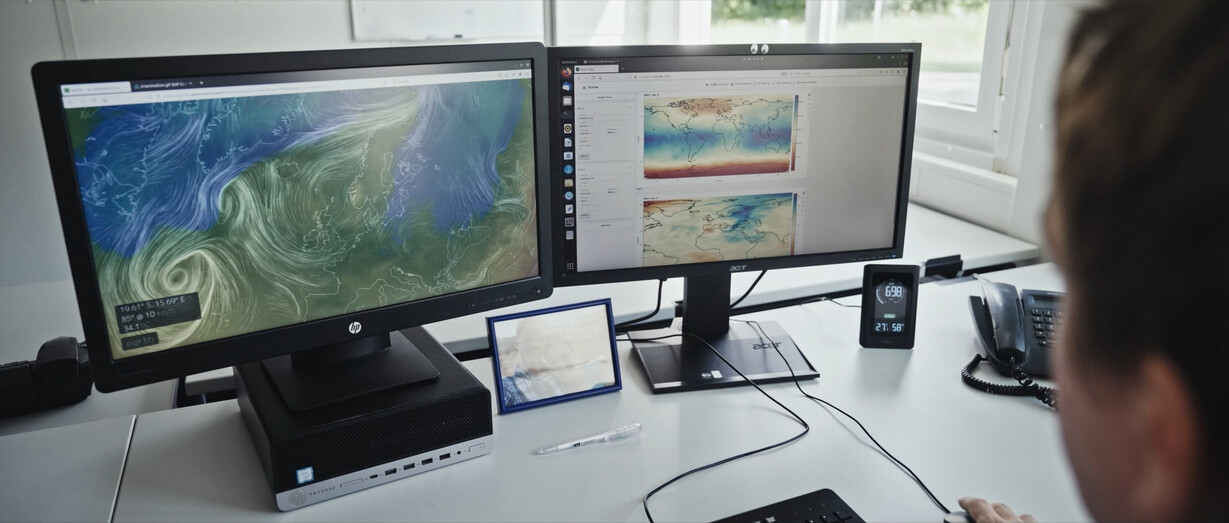Software Sustainability and Performance Engineering
Software spielt in vielen Wissenschaftsdomänen eine zentrale Rolle. Dabei werden große Komponenten häufig über längere Zeiträume von einer Vielzahl von Entwicklern geschrieben. Oftmals werden diese Projekte auch nur für eine spezifische Rechenumgebung, beispielsweise ein bestimmtes HPC System oder lokale Rechenressourcen, entwickelt.
Mit steigender Anzahl von Entwickler und längerem Entwicklungszeitraum eines Projekts erhöht sich die Wahrscheinlichkeit, dass Fehler in die Codebasis eingefügt werden, da nicht bei jeder Änderung alle möglichen Konfigurationen manuell getestet und die Ergebnisse validiert werden können. Dadurch sinkt entweder die Qualität des Codes, oder es müssen erhebliche Personalaufwände für Integrationstests eingeplant werden, bevor eine neue Version veröffentlicht werden kann.
Außerdem erfordern Nutzungen in anderen Rechenumgebungen zusätzlichen Aufwand für Anpassungen und Validierungen der Software.
Dies trifft insbesondere bei der Portierung von Softwarebasen auf neue Hardwarearchitekturen zu.
Mit Continuous Integration, Testing und Benchmarking stehen Softwareentwicklern Methodiken und Werkzeuge zur Verfügung, um diese Aufgaben zu automatisieren und den nötigen Aufwand zu reduzieren.
Das Software Sustainability and Performance Engineering (SSPE) Team unterstützt wissenschaftliche Softwareentwickler bei der Auswahl der richtigen Werkzeuge, um wissenschaftliche Codes fit für die Zukunft zu machen, die zur Verfügung stehenden Rechenressourcen optimal auszunutzen. Zudem berät das SSPE Team bei Portierung, Tests und Benchmarks auf neuen Architekturen und Systemen, wie die Future Technologies Partition und HoreKa des NHR-Zentrums NHR∂KIT.
Abteilung: SCS - Scientific Computing & Simulation
Ansprechpartner: René Caspart

An Open Source High Performance Lattice Boltzmann Code for Heterogeneous CPU-GPU Clusters
More
Test suite to facilitate continuous integration, benchmarking, and delivery (CI/CB/CD) in ICON-ART development
More
LArge Scale IASI data procEssing (LASSIE)
More
Many areas of basic science are facing a dramatic increase in the volume of data.
More| Name | Tel. | |
|---|---|---|
| Dr. Baer, Andreas | andreas baer ∂does-not-exist.kit edu | |
| Bytyqi, Begatim | ||
| Dr. Caspart, René | +49 721 608-25631 | rene caspart ∂does-not-exist.kit edu |
| Kummerländer, Adrian | +49 721 608-43157 | kummerlaender ∂does-not-exist.kit edu |
| Dr. Obermaier, Holger | +49 721 608-29276 | holger obermaier ∂does-not-exist.kit edu |
| 1 weitere Person ist nur innerhalb des KIT sichtbar. | ||


